How Much Walking Does Paris Really Take?
Paris is often described as a city made for walking. Some travelers brag about 30,000 steps a day. Others wonder if they’ll manage even half of that.
The truth is, there’s no set number that defines a good trip. You can cover miles or take it slow and still see everything that matters. The key is knowing how to balance your energy with the tools Paris gives you.
Walkable, but not a test
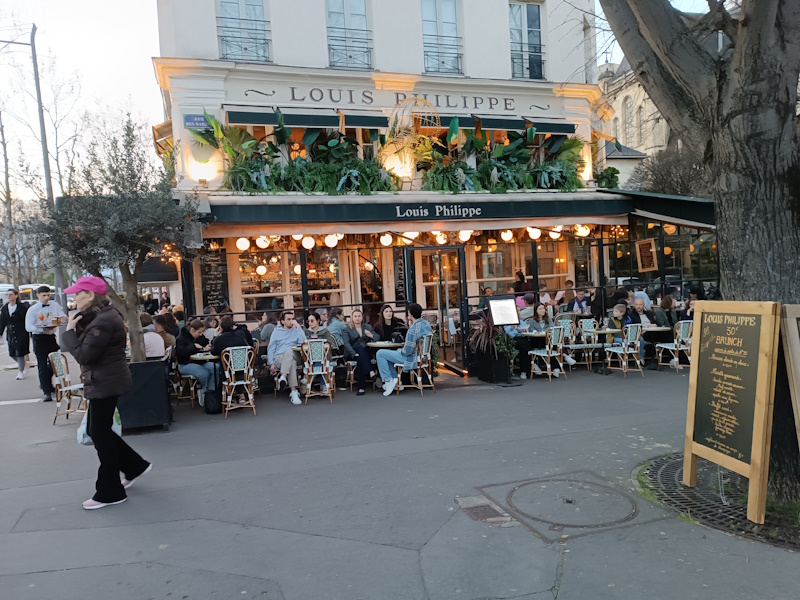
The city’s compact scale is famous, and wandering is part of the fun. Yet you don’t need to be on your feet the whole time. Metro stations are everywhere, buses glide past almost every corner, and taxis or Ubers fill the gaps.
Locals themselves mix walking with transit. If you’re visiting for a week, a simple Navigo Easy card loaded with ten rides is enough for light use. If you expect to ride often, the weekly Navigo Découverte pass covers unlimited metro, buses, and trams for a flat price.
Museums take a toll
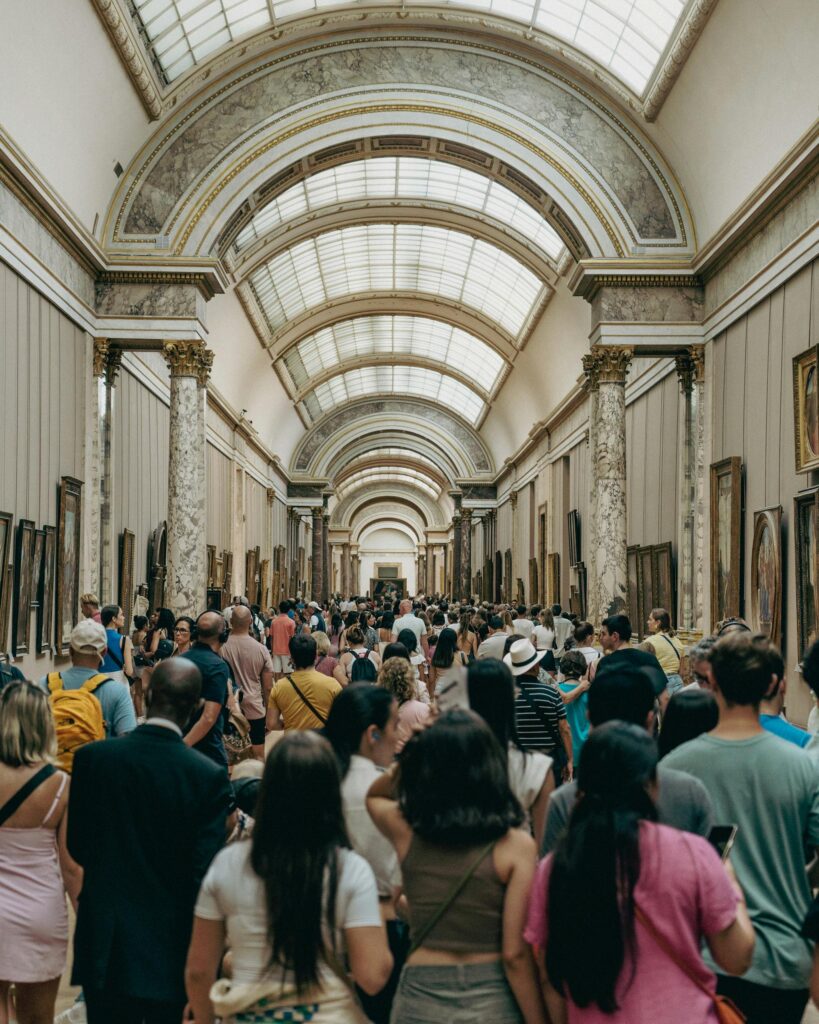
It’s easy to think you’ll “rest” inside museums. In reality, they’re some of the hardest places on the body. The Louvre alone can mean hours of slow walking and standing.
Even mid-sized collections like Orsay or Rodin add up. On museum days, build in café breaks and don’t assume your legs will get off easy.
Metro stairs vs. bus windows
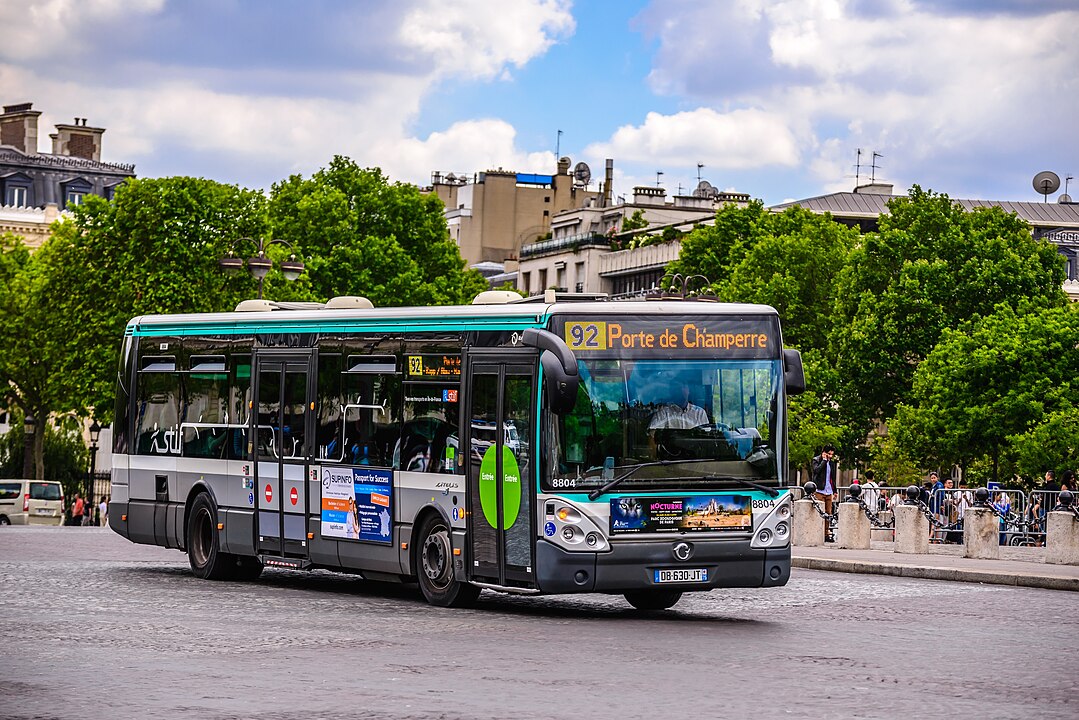
The metro is fast but it’s not always gentle. Many stations lack escalators, and line transfers can mean long stair climbs.
For an easier ride, the bus is often better. Certain routes double as sightseeing tours. The 69 winds through Le Marais, past the Louvre, and out toward the Eiffel Tower. The 72 hugs the Seine, with views of bridges and landmarks along the way.
Even a short ride gives your legs a rest while still showing you the city.
Taxis and ride-shares when needed

There’s no reason to force a march back to your hotel after dark. Ubers are quick, and Paris taxis booked through the G7 app are just as easy.
G7 also has vehicles designed for travelers with mobility limits. On long days, leaning on them is smart.
Planning by neighborhood

One of the easiest ways to cut walking is to group sights by area. Around the Louvre you can also take in the Palais Royal and Tuileries without covering much ground.
Montmartre puts Sacré-Cœur, Place du Tertre, and café terraces within a short loop. On the Île de la Cité, Notre-Dame, Sainte-Chapelle, and the Conciergerie are all minutes apart.
String these pockets together and you’ll see the highlights without zigzagging across town.
Seeing Paris while sitting
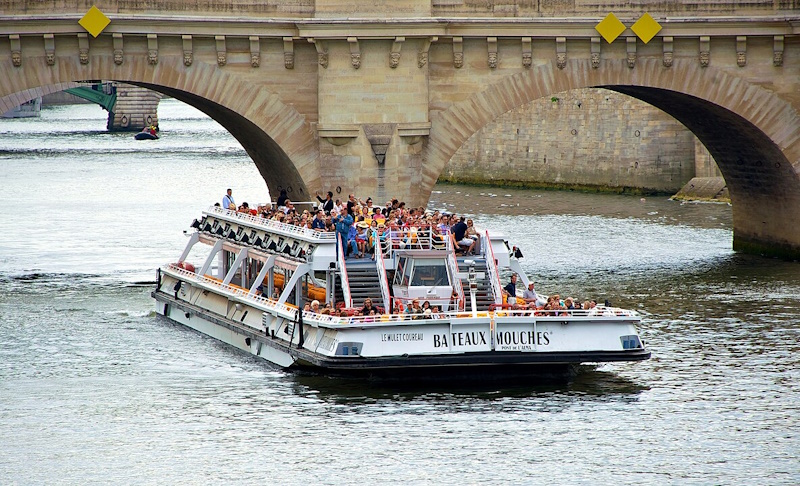
Not every landmark requires steps. A one-hour Seine cruise gives direct views of the Eiffel Tower, Musée d’Orsay, and Notre-Dame.
The Batobus works like a water shuttle, linking major stops without much walking in between. Even open-top buses, while pricier, let you cover distance without the grind of cobblestones.
Sitting down is cultural
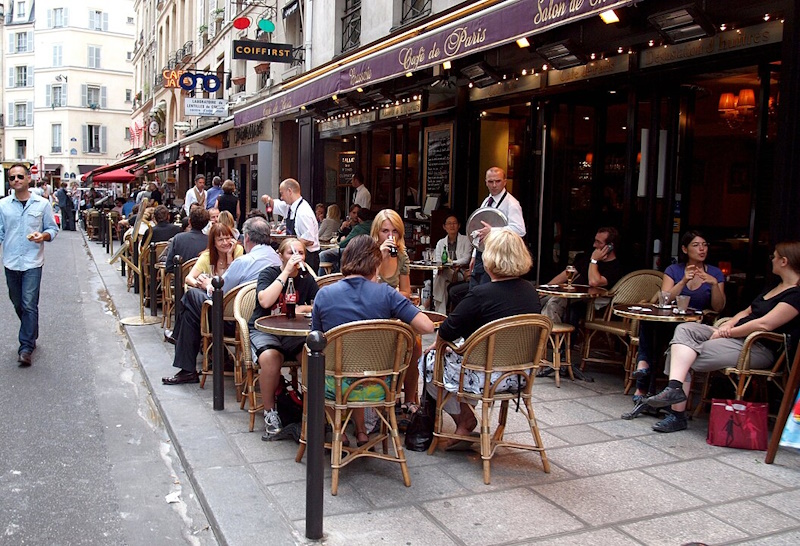
Paris isn’t meant to be rushed. Locals linger over coffee, read in gardens, or sit on benches watching life pass.
For a visitor, slowing down isn’t wasted time. It’s part of the city’s rhythm. A café terrace in Saint-Germain or a park bench in Luxembourg Gardens gives as much Paris as another monument sprint.
Example low-walking days
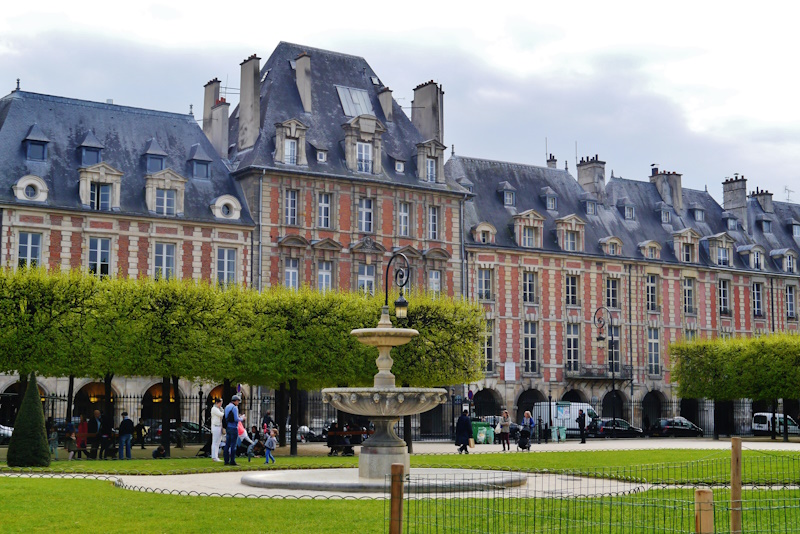
Try building days around comfort. One plan is to start at Sainte-Chapelle, glance at Notre-Dame, then cross to the Left Bank for lunch. From there, Bus 63 drops you near Orsay for an afternoon indoors, and you can end with a river cruise.
Another option is Montmartre: ride the funicular up to Sacré-Cœur, stroll the square, rest in a café, and head down by bus or taxi instead of hiking the hill.
Or give yourself a mixed day – morning in the Louvre, lunch in Palais Royal, then Bus 72 along the river while you rest and sightsee at once.
Paris at your pace
Some travelers thrive on step counts, others barely check them. Both come away with Paris. The city rewards walking, but it also rewards sitting still. What matters is not how far you go, but how you choose to spend the energy you have.
